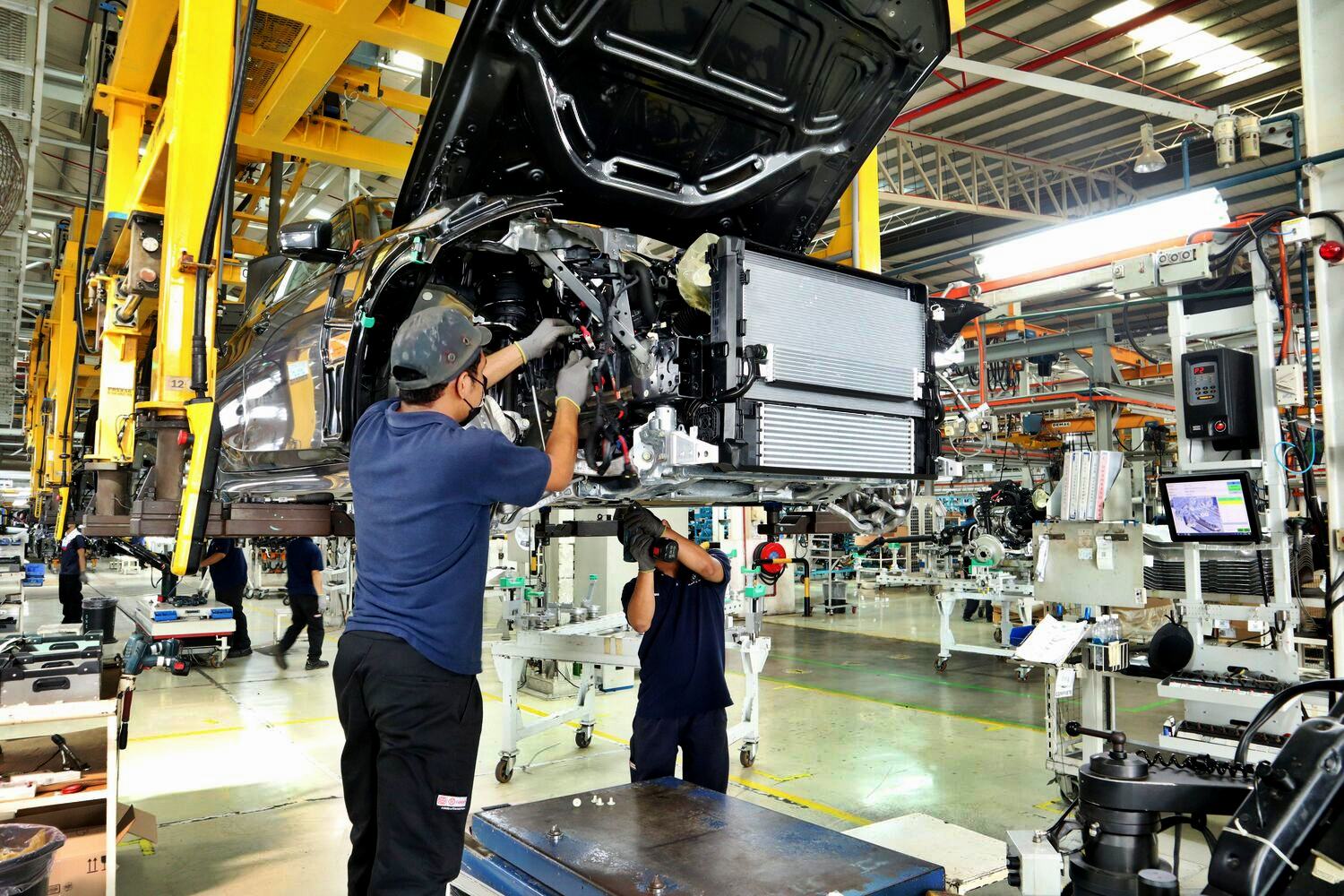Most of the BMW model series introduced since the 1970s have continued through many decades to today, with the 3-Series reaching the significant milestone of 50 years this year. As a successor of the 02 series, the 3-Series became far more popular than its predecessor and has been one of the German automaker’s bestselling models globally.
Over 20 million units sold worldwide
More than 20 million units over 7 generations have been sold around the world. As an original ‘Ultimate Driving Machine’ (a tagline which was conceived by BMW USA in the 1970s), the 3-Series was positioned as the benchmark for sports sedans, its driving dynamics promising ‘Sheer Driving Pleasure’ (another memorable slogan).

“As we celebrate the 50th anniversary of the BMW 3-Series this year, it serves as a powerful reminder of how this iconic model has come to define the very essence of the BMW brand – a fusion of dynamic performance, cutting-edge technology and timeless design. Every generation of the 3-Series has driven forward our ‘Technology Openness’ and ‘Power of Choice’ philosophies, inspiring new ways to experience sheer driving pleasure,” said Jean-Philippe Parain, Senior Vice-President, Sales Regions Asia-Pacific, Eastern Europe, Middle East and Africa of BMW Group.

In Malaysia since first generation
As with many of BMW’s core models, the 3-Series arrived in Malaysia as soon as righthand drive versions rolled out of the factory in Munich. At that time, the importer was Continental Motors, which had taken over the brand from Asia Motors. Although overshadowed by the other German brand with the Star which had been in the market longer, interest in BMW cars grew steadily, perhaps because of the younger, more dynamic image of its products.
Local assembly in Sarawak
The growing popularity of BMWs, especially the first generation of the 3-Series (E21), attracted the attention of Sarawak Motor Industries (SMI) in the late 1970s. BMW AG was approached with a proposal to assemble the model locally using CKD (completely knocked-down) packs. Local assembly would be advantageous as the cars could be priced lower because of preferential tariffs on locally-assembled vehicles compared to those imported in CBU (completely built-up form).

SMI (a subsidiary of the Sarawak Economic development Corporation) had its own factory at the Pending Estate in Kuching which was making Toyota Land Cruisers and Skoda cars, so it had a facility ready to assemble BMWs. After assessing the factory, BMW agreed to assembly being done in Malaysia and started sending over the CKD packs. Another advantage of CKD packs was you could send more cars in that way, compared to complete cars.


The development led to a change in management of the brand and a company called BMW Concessionaires was formed, with Continental Motors having a share. In late 1980, the first 3-Series units were completed and these were only the 320 2-door version with a 2-litre 6-cylinder engine. In 1984, a 4-door version would be added to the line when the E30 generation was introduced.

As mentioned earlier, local assembly meant reduced tax being imposed and where the imported 320 cost around RM47,460 (in 1979), the one assembled in Malaysia from 1980 was priced at RM39,377 or 18% lower.
Auto Bavaria takes over
BMW Concessionaires would grow the brand’s presence in the market until 1987 when BMW appointed Sime Darby as its authorised distributor for Malaysia. Sime Darby was already known to BMW because the company had been representing the German brand in Hongkong from as far back as 1968.

In Malaysia, Sime Darby established Auto Bavaria to handle the BMW brand with the promise ‘to make Malaysia one of the best places in the world to own and drive a BMW’. Assembly of the 3-Series as well as the 5-Series was transferred to the AMI plant in Shah Alam, Selangor in 1988.
Subsequent generations of the 3-Series (and other BMW models) would be assembled at AMI until 2008 when the plant ceased operations as the joint ownership between Sime Darby and Ford (under Ford Malaysia) ended. This saw another shift of assembly operations to Inokom (owned by Sime Motors) in Kedah to continue assembly of the fifth generation of the model (E90).

“The BMW 3 Series has earned an enduring place in the hearts of fans not only globally, but right here in Malaysia. Moving forward, the model will continue to evolve, effortlessly merging its rich legacy with the latest advancements that will define the future of driving,” said Benjamin Nagel, Managing Director of BMW Group Malaysia.
![BMW M340i xDrive Edition 50 [2025]](https://www.motaauto.com/wp-content/uploads/2025/04/BMW-M340i-xDrive-Edition-50-2025.jpg)
A Legacy in Motion
From April 18 – 20, 2025, the 50 years of the iconic 3-Series will be celebrated with a showcase at The Yard, Sentul Depot, Kuala Lumpur. On display will be the complete lineage of all 7 generations of the model with exclusive activities as well. There will also be driving exercises (limited slots) with the 330i M Sport.

BMW 3-SERIES GENERATIONS








